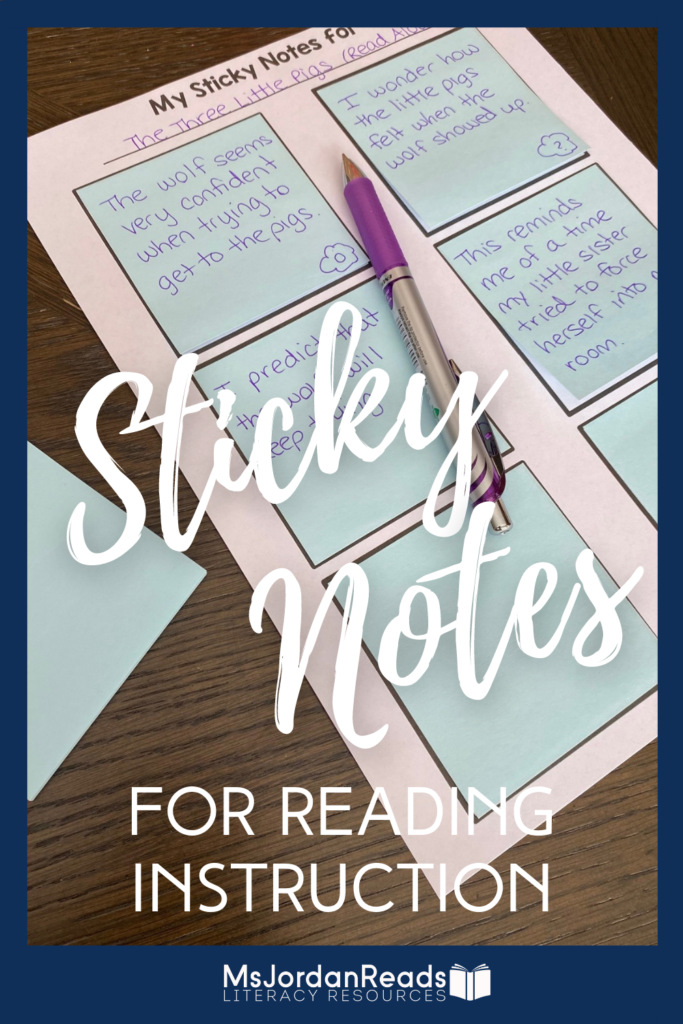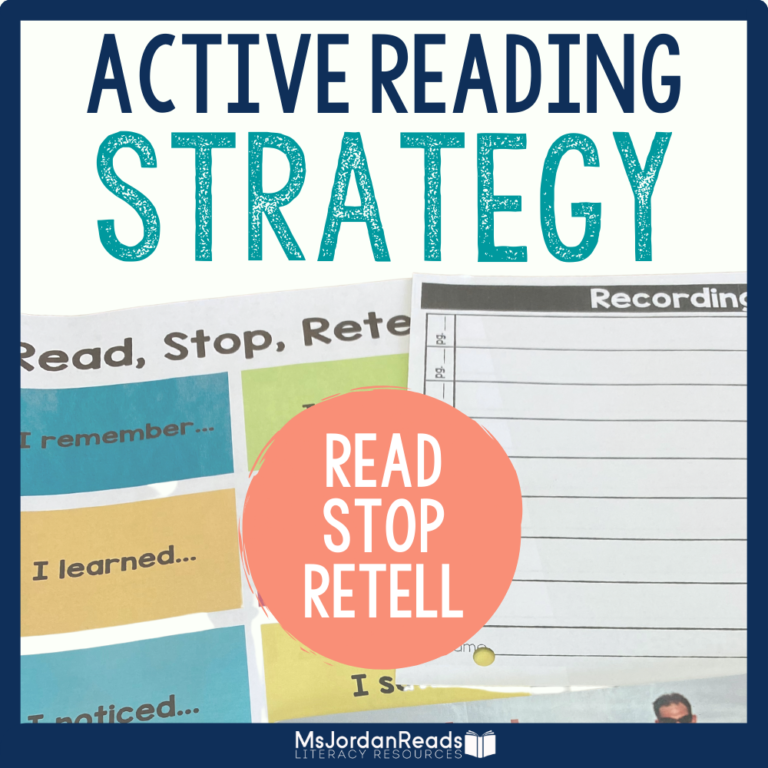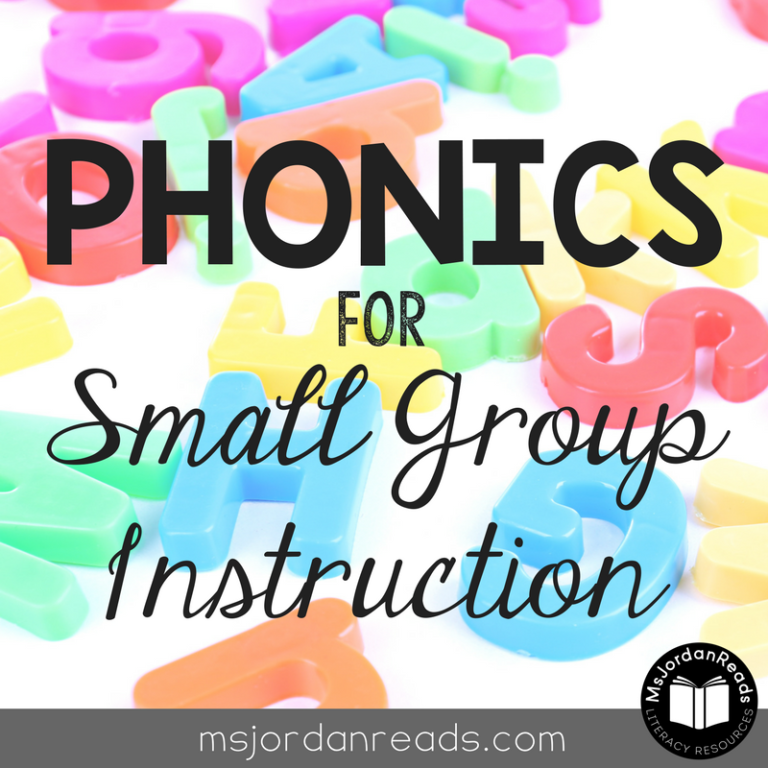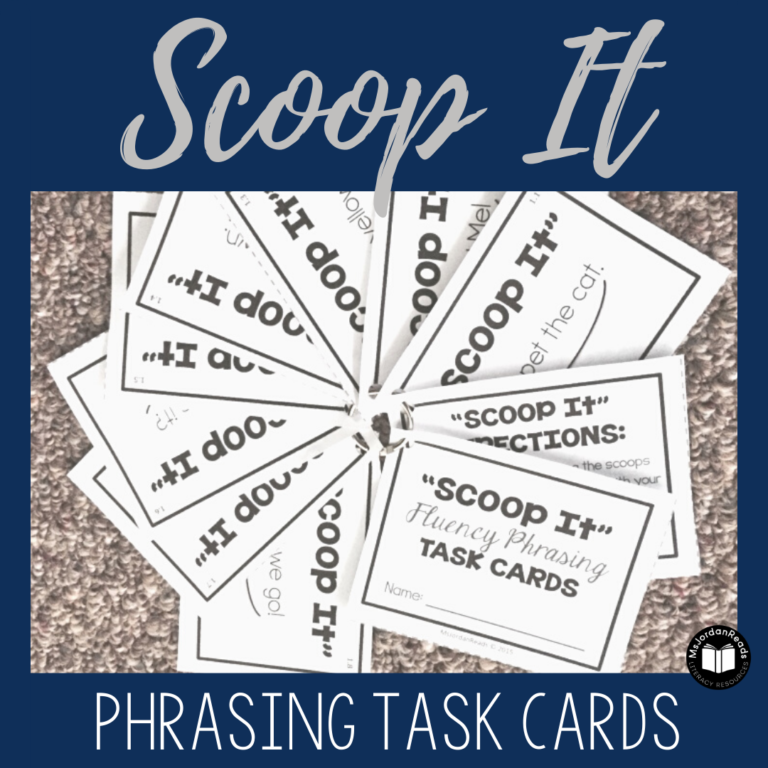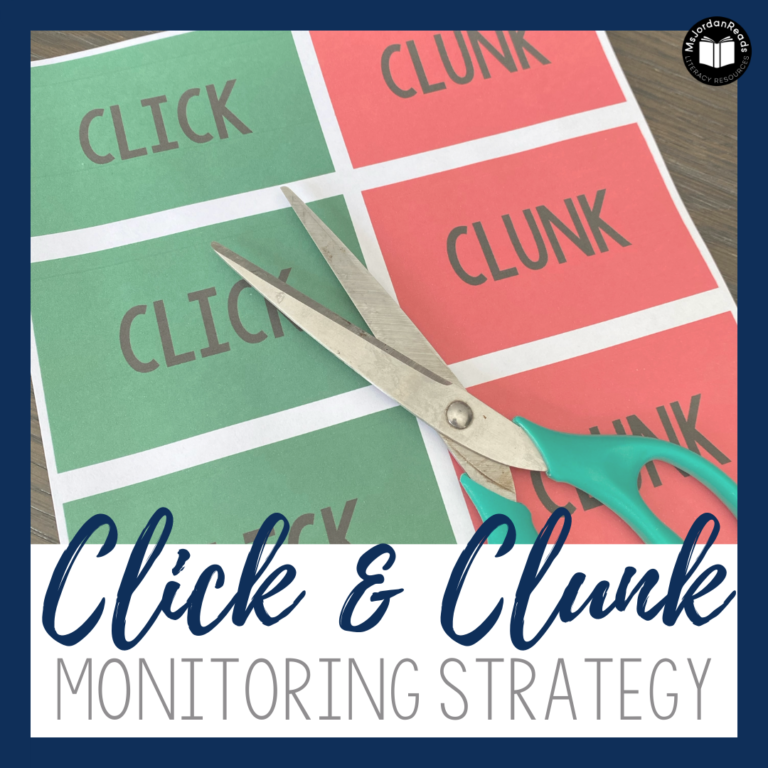The Power of a Sticky Note: How to Use Sticky Notes During Reading Groups
It’s no secret that students LOVE sticky notes, but can you blame them? Teachers love sticky notes, too! These little sticky squares of paper are motivating, colorful, and can be used in the classroom in numerous ways. They’re perfect for jotting down ideas, sorting your thoughts, and reminding you to do something. Learn how to use sticky notes as tools, and explore different ways to use sticky notes to support your classroom reading instruction. The power of a sticky note really depends on YOU!
Benefits of Using Sticky Notes
Sticky notes are a “must have” tool for your literacy toolbox; however, the power of sticky notes depends on HOW you actually them!
Perhaps it’s the cheerful colors or stickiness that motivates students, or perhaps sticky notes are made with unicorn magic. Whatever the reason may be, sticky notes encourage student engagement and actually increase the likelihood that students will share their ideas and responses. The smaller size seems to invite student responses and helps students develop confidence in sharing their thinking!
Another benefit of the smaller size is that sticky notes force students to be concise in their writing. Students are limited to what fits on the small square, so they’re challenged to keep their questions, comments, and ideas short and sweet. It’s this reason alone that I love using sticky notes for summarizing. Too often students like to retell an entire text, rather than sticking to the most important parts!
Ideas for Using Sticky Notes
**This post contains affiliate links. Click HERE to learn what that means!
There are many ways to use sticky notes to support your reading instruction. Below are just a few ways you can use this tool during reading groups.
Stop Sign Sticky Notes:
Sticky notes can be used as stop signs when chunking text and when applying the Read, Stop, Think! strategy. For both interventions, students use a sticky note as a visual reminder to stop and think about what they just read. Students can draw a stop sign or write the word “STOP!” on the sticky note and place it at different stopping points throughout a text. This intervention encourages students to be engaged and active readers. It also forces them to check for understanding and reread, if necessary. (Download a FREE printable sticky note “STOP!” template here!)
Active Reading:
Active reading is the process of actively thinking about a text while reading. It’s a way for students to engage with content and monitor their comprehension.
- Read, Stop, Think! is an active reading strategy that encourages students to read a chunk of text and then “stop and think” about what they just read using a prompt. Students can record their ideas or share their ideas with a partner/small group. A sticky note can act as a reminder of where to stop reading. It can also be a tool for students jot down their ideas in a non-intimidating way.
- Stop & Jot is a strategy that challenges students to be actively engaged in a text they are reading. Similar to Read, Stop, Think!, students use various stopping points throughout a text to quickly jot down their thoughts, ideas, and reflections. Students can record their thinking in a notebook or on a sticky note!
- Thinking Tracks encourage students to be keep track of their thinking before, during, and after reading a text. Students actively engage with a text while focusing on comprehension skills like predicting, asking questions and making inferences. They then record and code their reflections and ideas using a notebook, graphic organizer, or sticky notes.
Quick Writes:
Students can use sticky notes to “show what they know” and record what they’re thinking by answering a question, summarizing, sequencing, sharing an important idea, etc. Use sticky notes to try out these “Writing to Learn” quick writes and help your students deepen their understanding of content. This strategy can be used before, during, or after a lesson, depending on your goal.
Exit Tickets:
Also known as a “ticket out the door,” sticky notes can be used as an exit ticket and a pulse check of students’ understanding. This is a great way to wrap up a lesson that includes new content or learning strategies. At the end of an activity or reading, ask students to record something they learned, a question they still have, or any type of active reading strategy where they have to reflect on their learning and understanding. This is a great opportunity for students to share what they don’t yet understand, as well. They can stick their sticky notes to an easel, bulletin board, or a designated spot at the end of the reading group, and you can see what students are understanding and what they may need help with.
Keyword Summaries:
Writing a summary can be a challenge for many students, but sticky notes make it more fun! Students can work on creating concise summaries that fit on a sticky note using this fun keyword summaries QR code activity. With this activity, students identify five important keywords from a section or chapter and create a keyword summary sentence that fits on a sticky note using all five of those words. The final step is to use that sentence to create a QR code poster!
Word Hunts:
As students read, have them go on word hunts and record the words on sticky notes. The words could be power words, interesting words, sensory/descriptive words, or even words that match a specific phonics/syllable pattern that you’re teaching. The best part is, they will have all of the words they found on sticky notes that they can then sort, organize, and manipulate for other activities!
Important Parts:
To help students with the main idea and key parts of a text, implement the VIPs (Very Important Parts) activity from Linda Hoyt. First, students will tear a sticky note into 3-4 pieces (each piece should have a sticky part attached). Then, they will use the sticky note strips to mark or underline the VIPs in a text. For the final step, students can discuss the words with a partner, small group, or the whole class and share the reasons they chose that word as a VIP.
Sticky Note Alternatives
Students may get very excited about sticky notes and begin blowing through your stash. We call these students “sticky note happy” (similar to being highlighter happy). It may not be ideal to keep buying sticky notes if you have a tight budget, so there are a couple of alternatives you can use instead of these note pads. One is to create your own sticky notes by using small note paper and reusable glue sticks (affiliate link). Alternatively, you can use sticky tak (affiliate link) with just little notepad pages or paper squares. If these alternatives are too much work, just opt out of sticky notes altogether and stick with a traditional reading notebook (although, be warned… you will lose some of the sticky note magic!).
Collecting Sticky Note Responses
So, you tried out some of these sticky note ideas (yay!), but now your students have piles of sticky notes on their desks. Now what?!
There are different ways of collecting and organizing student sticky notes. One method is to have students stick them to the classroom idea board or “parking lot” to be easily viewed. You can also take photos of sticky notes you need for your anecdotal notes and then throw them away. Another way that keeps sticky notes in one spot is to use sticky note grids.
Sticky note grids are the perfect solution for students to keep their completed sticky notes. Keep these grids in their reading folders so they can refer back to them throughout the year. To make a grid, fold a paper into thirds (like you’re mailing a letter in a standard letter-sized envelope) and then fold it in half length-wise. This creates the perfect size sticky note spots on a page.
Don’t want to go through all that effort? Download and print a FREE Sticky Note Grid from the resource library. (Not yet a subscriber? Complete the form below, or click here to access all the freebies in my resource library!)

